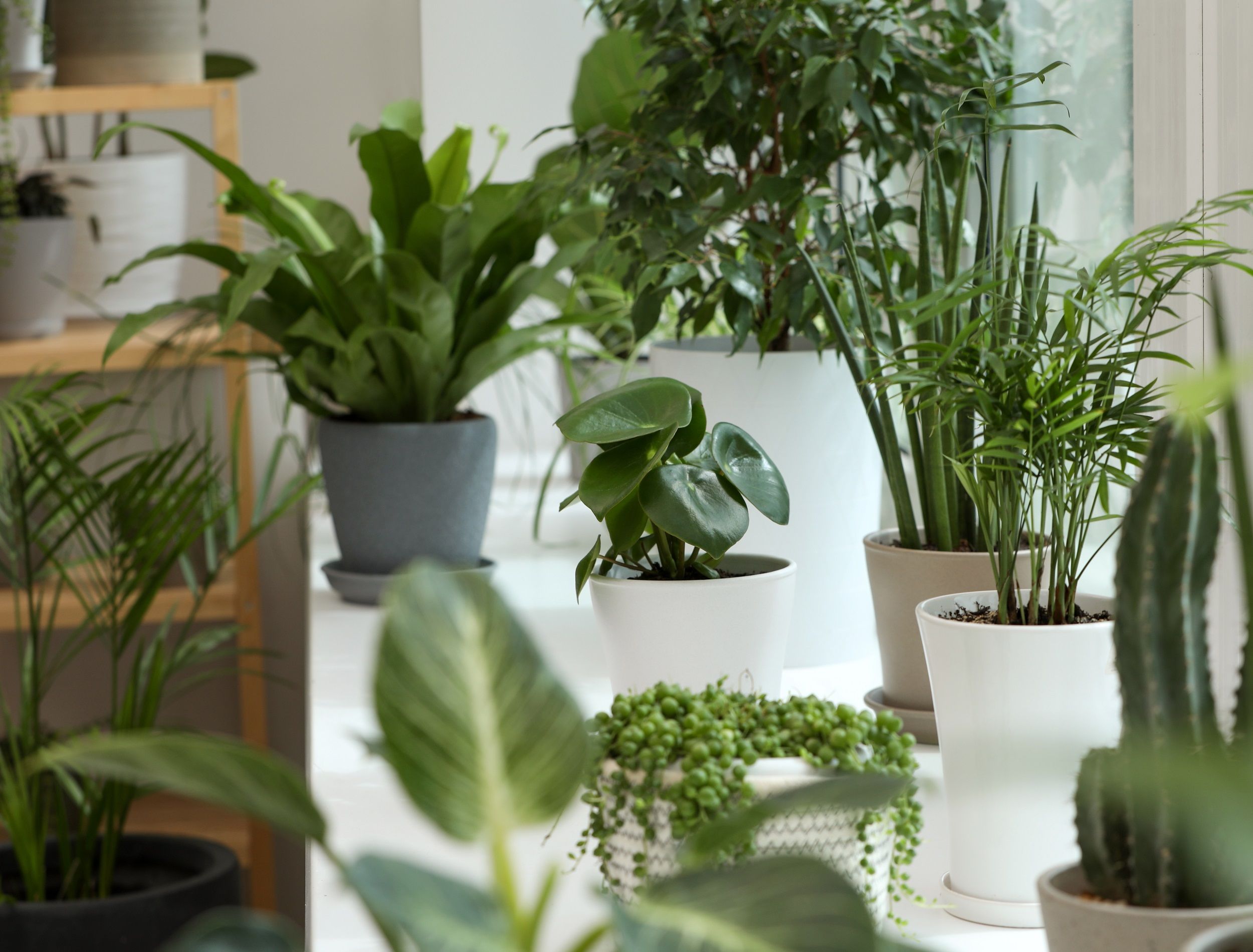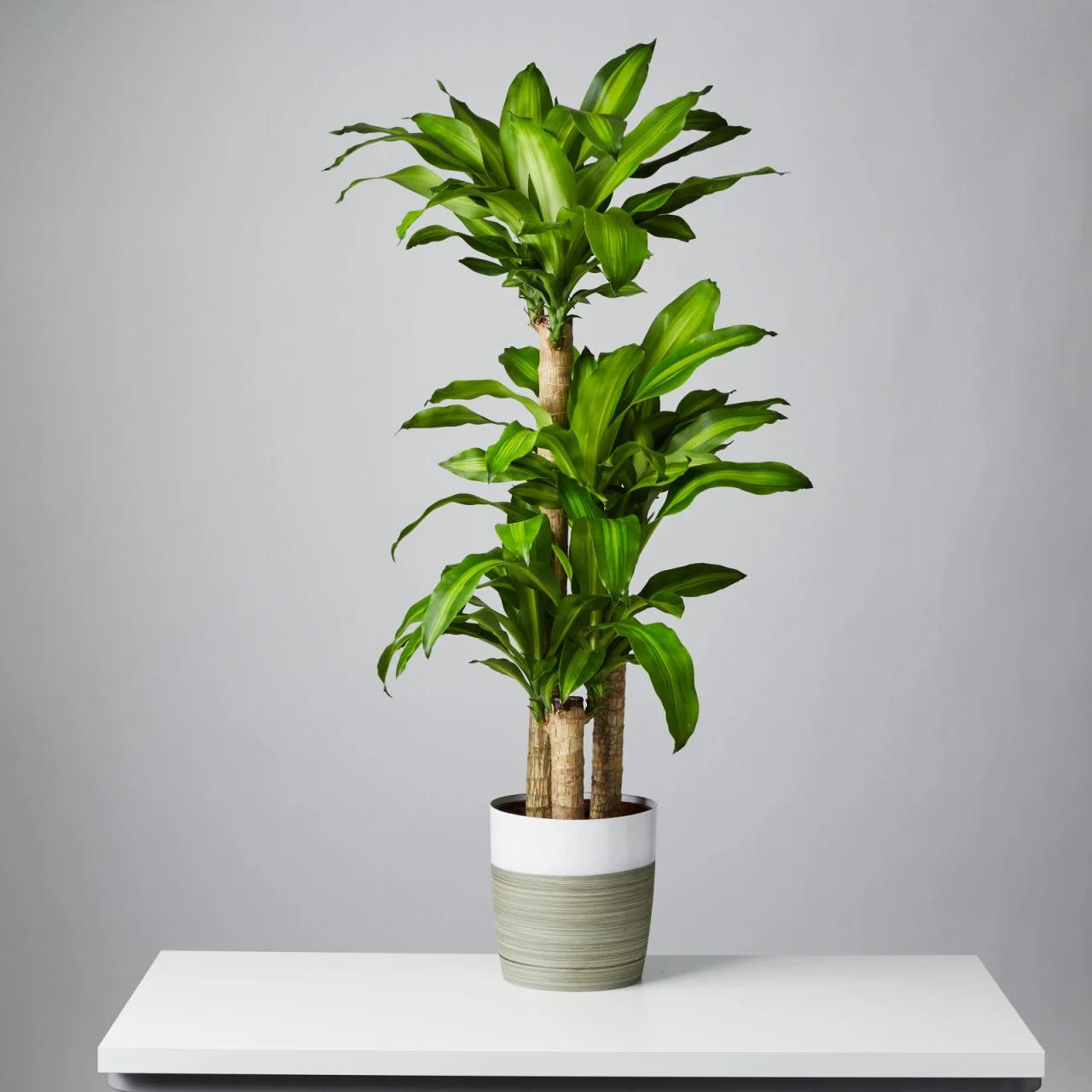Where to Place the Best Low-Light Indoor Plants in Your Home for Maximum Impact
Where to Place the Best Low-Light Indoor Plants in Your Home for Maximum Impact
Blog Article
Uncover the Keys of Low-Light Indoor Plants and Exactly How They Enhance Your Environment
Low-light interior plants have actually amassed raising attention for their distinct capacity to improve both visual appeal and environmental quality within offices and homes. These resilient types, including the Snake Plant and Tranquility Lily, not just prosper in difficult lighting problems but likewise play an essential role in air purification and emotional wellness. Understanding the certain advantages and care demands of these plants can substantially influence your home. As we check out the details of their advantages, you might find insights that can change your environments in unanticipated ways.
Benefits of Low-Light Indoor Plants
Although many individuals think that interior plants require abundant sunshine to prosper, low-light interior plants use a plethora of advantages that make them excellent for different atmospheres. Among the primary benefits is their versatility; they can prosper precede with minimal all-natural light, such as workplaces, cellars, or areas with little home windows. This feature permits individuals to boost their surroundings with greenery, adding to improved looks without the requirement for considerable illumination alterations.
Additionally, low-light interior plants can significantly enhance indoor air high quality by releasing and filtering system hazardous toxic substances oxygen, making living areas healthier. The existence of plants has been linked to better sensations of harmony and emphasis.
Additionally, low-light plants usually need much less maintenance than their sun-loving counterparts, making them ideal for active people or those new to horticulture. Their resilience enables them to thrive with minimal intervention, thus providing a rewarding experience for plant lovers and novices alike. In summary, low-light indoor plants serve both useful and visual objectives, making them useful enhancements to any space.
Top Low-Light Plant Selections
Low-light indoor plants can be found in a variety of species, each offering unique attributes and advantages fit for dim settings. Amongst one of the most prominent selections is the Serpent Plant (Sansevieria), understood for its air-purifying capabilities and architectural leaves. This resilient plant thrives on disregard and can endure a wide variety of light problems.
An additional exceptional selection is the ZZ Plant (Zamioculcas zamiifolia), which features shiny, dark eco-friendly fallen leaves and is very drought-tolerant. Its adaptability makes it a preferred for offices and homes with restricted sunlight.
The Pothos (Epipremnum aureum) is also a top contender, with its tracking creeping plants and heart-shaped leaves - Best low-light indoor plants. This flexible plant can be educated to climb up or waterfall, adding aesthetic passion to any type of area
:max_bytes(150000):strip_icc()/eight-houseplants-that-thrive-in-low-light-3-0922-2000-6f95610b936648ce84ebb498a9b6d704.jpg)
Care Tips for Low-Light Plants
Looking after low-light indoor plants requires a nuanced understanding of their particular needs to make certain ideal development and vigor. It is crucial to choose the best potting mix, as a well-draining dirt is important to protect against root rot. A blend developed for houseplants, commonly containing peat moss and perlite, works well for the majority of low-light varieties.
Watering is an additional key element of treatment. Low-light plants usually require less regular watering contrasted to their sun-loving counterparts.
Fertilizing needs to be approached with care. During the growing season, a diluted fluid plant food can be used monthly, yet in cold weather, several low-light plants enter dormancy and need little to no fertilization.
Lastly, it is essential to periodically clean the leaves to get rid of dirt, permitting for much better light absorption. By sticking to these treatment tips, you can grow a growing atmosphere for your low-light indoor plants, boosting both their look and longevity.
Enhancing Air High Quality With Plants
Interior plants play a considerable function in improving air quality within homes and workplace rooms. Through the process of photosynthesis, these plants soak up co2 and launch oxygen, contributing to a much healthier environment. In addition, certain low-light indoor plants possess the capability to filter hazardous pollutants, such as benzene, formaldehyde, and trichloroethylene, which are frequently located in indoor atmospheres.

Furthermore, the existence my response of indoor plants can enhance humidity levels, which helps ease dry skin and breathing problems, further improving general wellness. This capability to improve air quality not only advertises physical health and wellness yet likewise supports psychological health.
Integrating low-light check my source indoor plants into your living and working rooms can bring about a more vibrant and stimulating setting (Best low-light indoor plants). Purchasing these natural air purifiers is a simple yet effective technique for boosting interior air high quality and cultivating a healthier lifestyle
Creating a Serene Indoor Area
The combination of plants into living rooms not just improves air top quality but likewise adds to a peaceful atmosphere. Low-light interior plants, such as serpent plants and pothos, are particularly efficient in creating a calm setting, as they grow in conditions that might or else be inhospitable for other greenery. Their lavish foliage gives a calming visual, lowering tension and advertising leisure.
Including these plants right into your home or office can evoke a sense of tranquility and health. Tactically placing them in areas where you spend significant time, such as living areas or work areas, enables for an immersive experience with nature, which has been shown to improve mood and cognitive feature.
Moreover, the gentle motion of fallen leaves in response to air flow can develop a vibrant visual element that boosts the general atmosphere. Consider making use of a range of plant elevations and appearances to include depth and passion to your space. With thoughtful placement and treatment, low-light indoor plants can change any type of location right into a tranquil refuge, fostering not just visual contentment but mental click here for more and additionally emotional health.

Verdict
Incorporating low-light indoor plants right into various settings returns considerable advantages, including enhanced air quality and enhanced aesthetic allure. These hardy varieties not just grow in very little light but also add to a soothing ambience, advertising emotional and psychological wellness. By selecting ideal selections and executing proper care strategies, individuals can effectively grow a peaceful indoor area that promotes health and performance. The transformative power of low-light plants emphasizes their worth in boosting both household and work setups.
Although many people presume that interior plants require bountiful sunlight to flourish, low-light indoor plants use a plethora of benefits that make them perfect for numerous environments.Additionally, low-light interior plants can considerably improve indoor air high quality by releasing and filtering unsafe contaminants oxygen, making living spaces healthier. Furthermore, specific low-light interior plants possess the ability to filter damaging pollutants, such as formaldehyde, trichloroethylene, and benzene, which are commonly located in interior environments.
Low-light indoor plants, such as serpent plants and pothos, are particularly reliable in developing a peaceful setting, as they thrive in problems that might otherwise be unwelcoming for various other greenery.Including low-light interior plants right into various environments returns considerable benefits, consisting of enhanced air quality and improved visual appeal.
Report this page